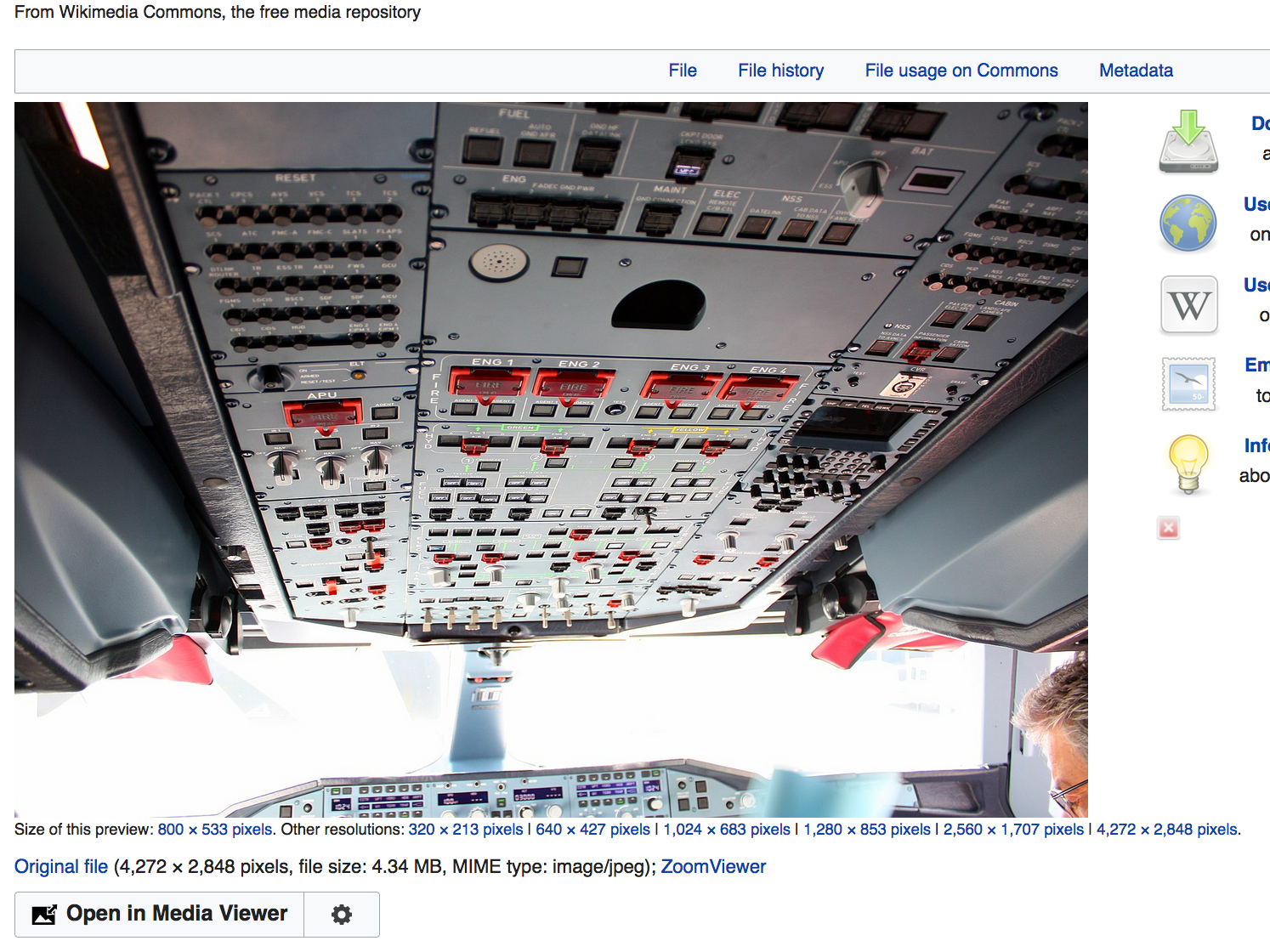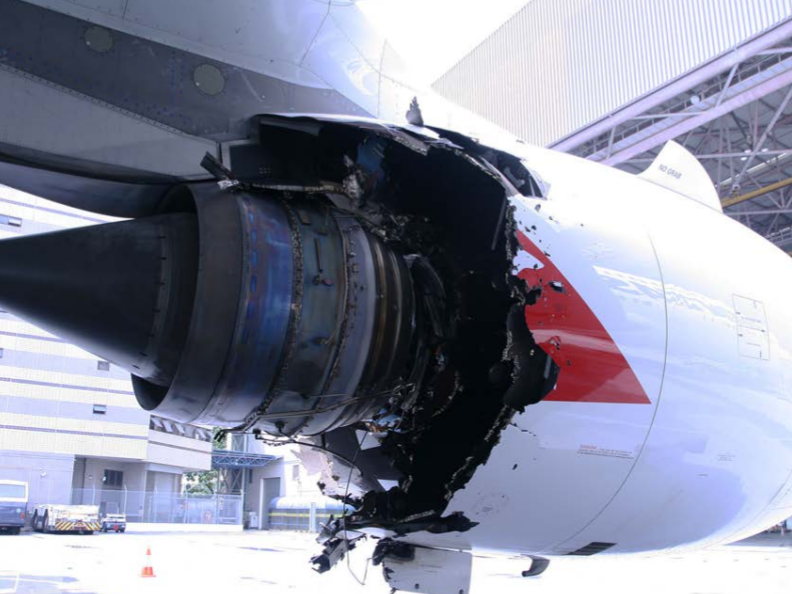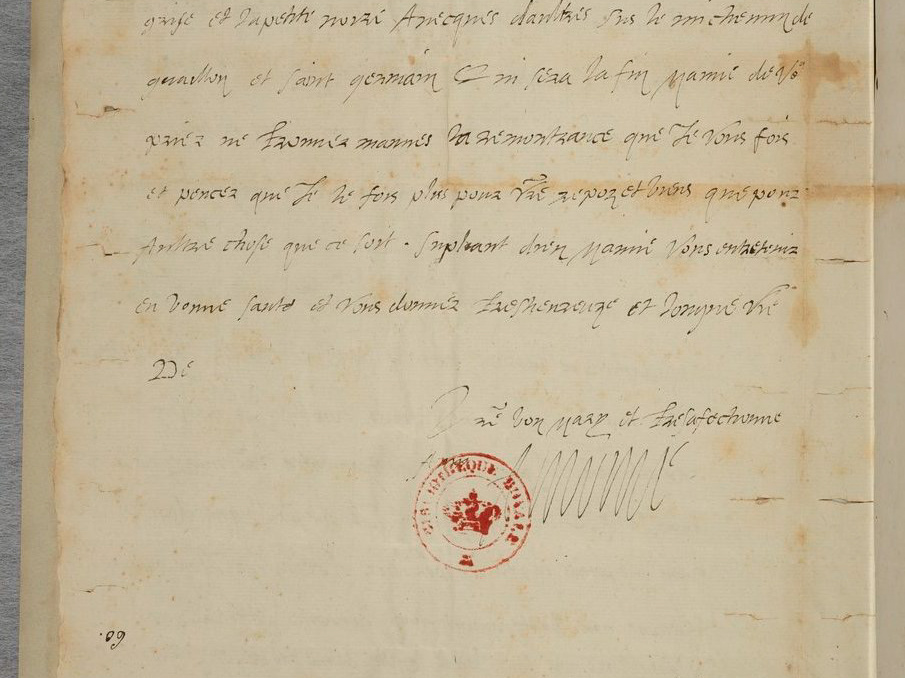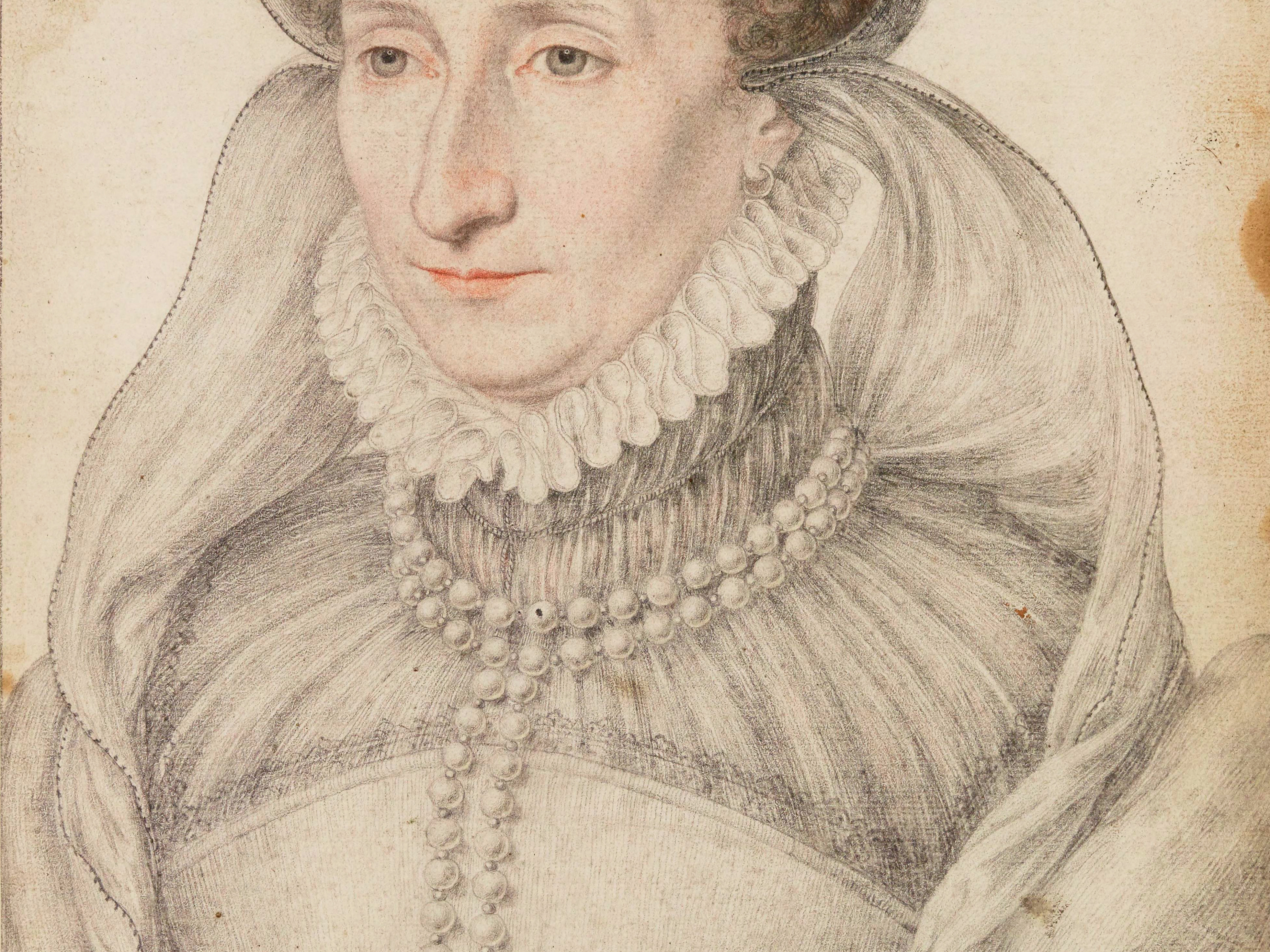An exhibit entitled “La haine des clans: Les guerres de religion, 1559-1610,”
opened 5 April 2023 at the Musée de l'armée, Paris.
opened 5 April 2023 at the Musée de l'armée, Paris.
Some of the more interesting items are shown here. Army units in the period took a mixture of forms: infantry carrying pikes, infantry armed with arquebuses, lightly armed cavalry with swords and lances; heavily armed cavalry with swords, lances, and pistols. Occasionally there were mercenary knights who specialized in the use of pistols. Finally, light field artillery and heavy artillery for seige operations were in common use. Siege warfare tended to dominate over risky battlefield confrontations during this period. (All photos by the author, offered here under Creative Commons license CC BY-NC)
This canon, produced during the reign of François I, is located in the cour d'honneur of the Musée de l'Armée.
Arquebuse à rouet. The “rouet” was a recent innovation that permitted one to fire the arquebus by pulling a trigger. The trigger turned the wheel (rouet), which struck steel against flint producing a spark. One no longer needed a mèche or wick to light the powder. But these arms still had to be reloaded by hand for each shot..
Pistoles à rouet. Similar to the arquebus above, slow to load, but quick to fire.
The feared mercenary knights called “reîtres,” mostly from Saxony or the Rhineland, were frequently called upon from 1562 on. They carried several pistols (where most hommes armés carried one). This example has three, one in right hand, two in their holsters on the left. They would retire behind their companions to reload.
Lansquenets. These were armored foot soldiers armed with pikes. Often marched in square formations to prevent cavalry from overrunning their positions.
Helmet worn by the connétable Anne de Montmorency during the battle of Dreux, 1562. Noticeable is the bullet hole it its right chin. Montmorency was not seriously hurt, but he was captured during the battle, and helped to negotiate the first peace the following spring.




